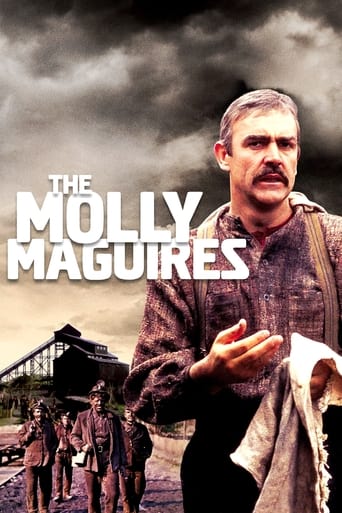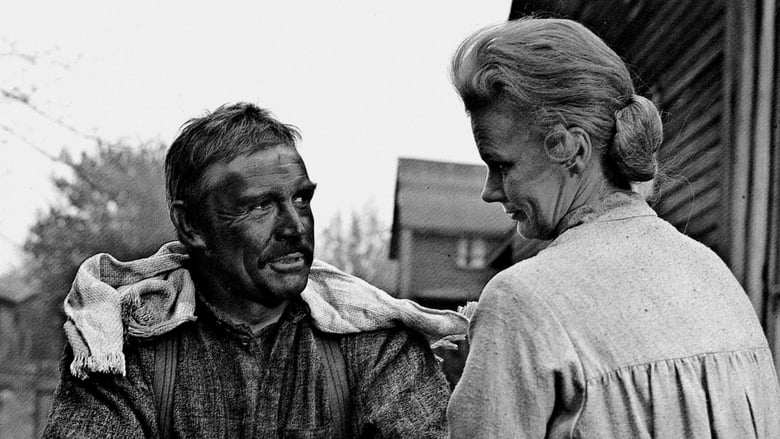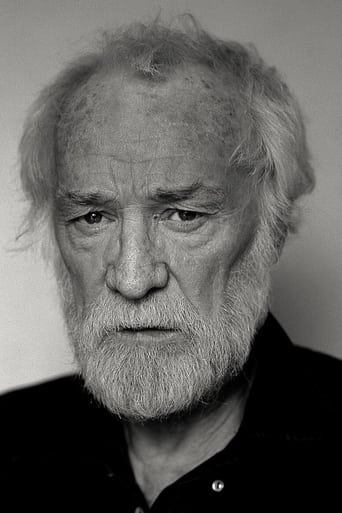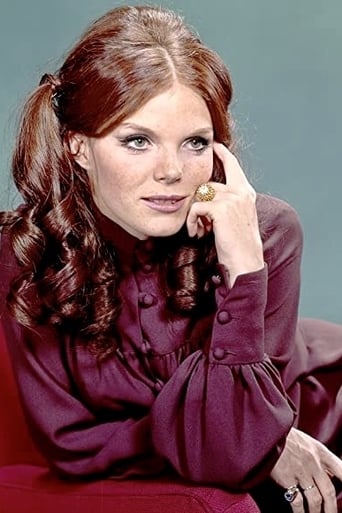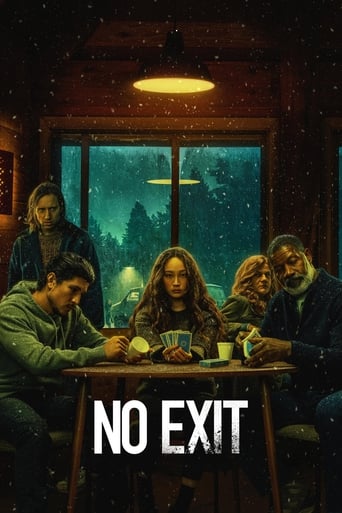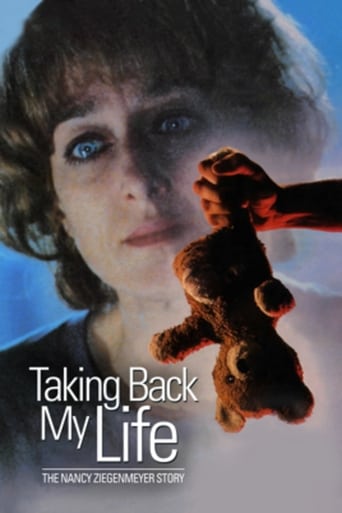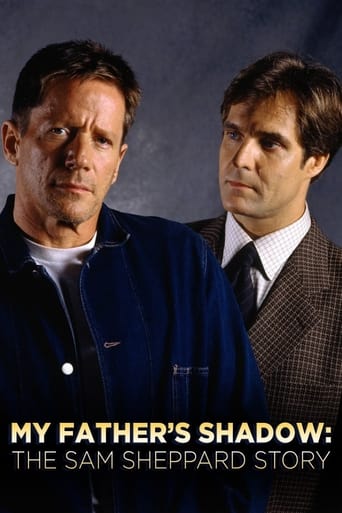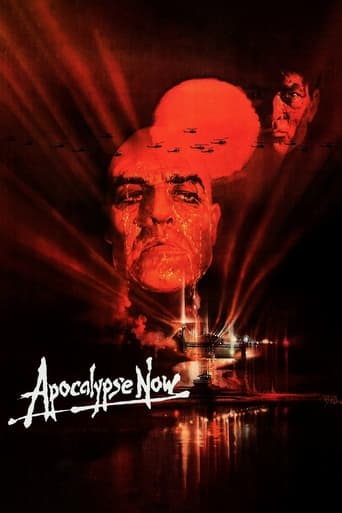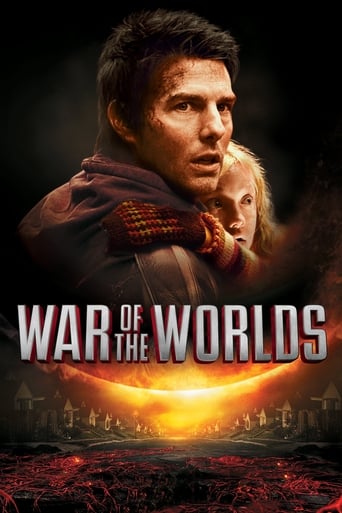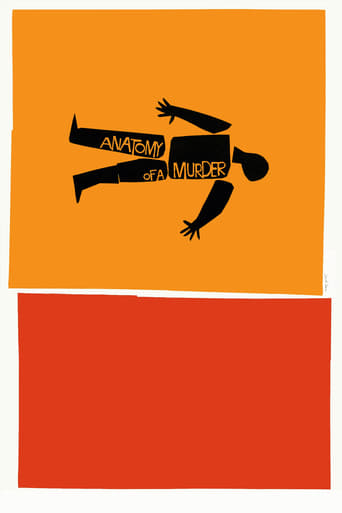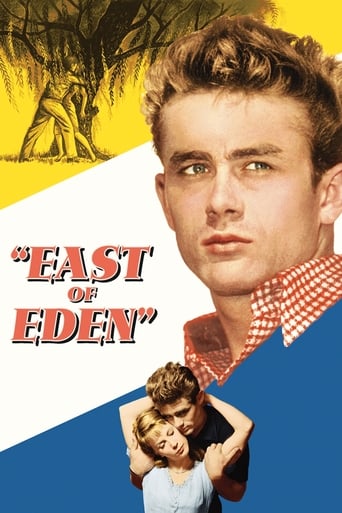The Molly Maguires (1970)
Schuylkill County, Pennsylvania, 1876. A secret society of Irish coal miners, bond by a sacred oath, put pressure on the greedy and ruthless company they work for by sabotaging mining facilities in the hope of improving their working conditions and the lives of their families.
Watch Trailer
Cast


Similar titles
Reviews
Plenty to Like, Plenty to Dislike
Absolutely the worst movie.
This is one of the few movies I've ever seen where the whole audience broke into spontaneous, loud applause a third of the way in.
It's the kind of movie you'll want to see a second time with someone who hasn't seen it yet, to remember what it was like to watch it for the first time.
Molly Maguires (1970)Plot In A Paragraph: A terrorist group known as the Molly Maguires has been sabotaging a coal mine in Pennsylvania where they in fact work. Detective James McParlan (Richard Harris) must infiltrate the group led by John Kehoe (Connery) Throughout the film McParlan's allegiances are tested. Will he side with the Maguires and become a true member, or keep his mission in mind and bring an end to the group??This for me is Connery's best performance to date. I personally think he is brilliant here!! But once again audiences and the Academy did not care, and ignored the movie. Richard Harris (billed above Connery, even though Connery was paid more and was the bigger star) is a funny actor to me, I've never really taken to him, there was just always something about him I didn't like, but I can't fault his work here. The movie is so powerful (at least to me) and deserves to be seen as it's filled with fantastic performances. The first line of dialogue doesn't come till about 15 minutes in, with Connery not speaking until about the 40th minute despite being one of the first characters introduced on screen. Director Martin Ritt wanted to film this in black and white, but Paramount were worried it would put off movie goers. Molly Maguires was another Connery movie to fail at the box office, and it failed in a big way, grossing only $2 million at the domestic box office on a budget of $11 million.
"Power concedes nothing without a demand. It never did and it never will." - Frederick DouglassLoosely affiliated with radical leftists, director Martin Ritt spent several years under a Hollywood blacklist. When McCarthyism died down, and directorial reigns were returned to him, Ritt made a series of socially conscious films, most of which were about struggles for equality, or which portrayed the downtrodden in a sympathetic light.In this regard, Ritt's "The Molly Maguires" stars Sean Connery as Jack Kehoe, the leader of a secret organisation of Irish miners who seek better pay from their corporate employers during the late 1800s. Ritt has made such "pro-unionist" films before – see "Norma Rae" - but "The Molly Maguires" shoots off in unique directions. Here the Mollies use terroristic tactics to destroy factories, equipment and even people. This leads to Pinkerton Detective James McParlan (Richard Harris) going undercover and infiltrating the group. From here on, the film morphs into a gangster flick or undercover cop show, McParlan attempting to subvert the Mollies from within.Today, whilst violence reigns across capitalism's peripheries, the system's core maintains an air of manufactured tranquillity. Here, the marginalised are effortlessly swept away, demonized, demoralised or rendered invisible. From the 1860s to the 1930s, though, hardly a year passed without deadly clashes between American workers and management. At the forefront of some of these clashes were the Molly Maguires, a secret miners' society which operated in Pennsylvania. Their history stretching back to feudal Ireland, the group is rumoured to have been named after one Molly Maguire, who opposed burgeoning rental and land ownership laws. After being expelled from Ireland, the followers of Maguire found work in Pennsylvanian coal mines, but savage work conditions resulted in them hurling scorn at both weak-willed labour leaders and coal bosses. Though vilified, the Mollies improved the working conditions for miners and would be described by historians as "the first martyrs of the class struggle in the U.S." Their victories, though, were but a drop in the ocean. The ruling class quickly invented ways to subdue upheavals, creating police and/or militia forces to keep workers in check, and inventing new injunctions designed to deprive workers of their constitutional rights to freedom of speech, press, and assembly. These acts were accompanied by armed government-sponsored vigilantes, deputized citizens who enforced injunctions and who were given a green light to attack and arrest anyone suspected of participating in strike activity. Today, the First World has been beaten into compliance. The Third World, meanwhile, is pretty much as Pennsylvania was in the 1890s. That there is a (causal) relationship between capitalism's core and peripheries, between wealth and poverty, value and debt, creation and destruction, is the chief denial of neoliberal orthodoxy, a stance which is increasingly contested by modern thermo-economists, who see capitalism as a heat engine in which money is essentially a loose avatar of energy, and so subject to thermodynamic laws; you cannot get something for nothing and the total order of a 'thing' is always less than the total disorder that is created somewhere else by the 'thing's' creation, a facet which commodity fetishism conceals.Concealment is itself what "The Molly Maguires" is about; bosses want invisible workers, workers want to be heard, and both sides have foot-soldiers working in the shadows. The film's drama itself unfolds in the gaze of a giant coal sorting factory, a monstrous juggernaut which kills surrounding vegetation, and whose hands sap life out villagers, families and subterranean miners. Poetically, the factory's long tramlines recall the hill-steps of Ritt's "Hombre", another film which had an air of futility about it, men trapped in their own private Sisyphus Myths, doomed to toil. "The Molly Maguires" was shot by master cinematographer James Wong Howe. Howe bathes Ritt's film in rich blacks and browns, and captures well a tone of grim beauty, his spaces lit by dying kerosene lamps, his faces marred by soot and soil. Elsewhere the film utilises impressive sets - the best frontier sets since Altman's "Mrs Miller" - one of which is a near full-scale replica of a 19th century mining town.Interestingly, Sean Connery's character spends most of Ritt's film as a cypher, held at a distance and given very few lines. Still, with his broad shoulders and chiselled face, Connery exerts a commanding presence. Equally tough is Richard Harris, both actors large, carved from granite and sporting magnificently macho moustaches. Their relationship recalls the battles in Ritt's "The Brotherhood", "Hud" and "The Spy Who Came in from the Cold"; brothers on opposite sides of an ideological divide.Like many of Ritt's films, "The Molly Maguires" is also preoccupied with groups being infiltrated, changed or subverted. Some of these films watch as activists infiltrate and emancipate proletariat groups, others watch as Power smuggles spies into communist or unionist groups, thereby eroding them from within. Typical of Ritt, the Church is also seen to side against the working class. Also complicit are the lower classes themselves, who sacrifice brothers for lucre and who slowly internalise the values, mores and beliefs of their masters. Fittingly, "Maguires'" climax carefully juxtaposes tragedy and hope. As workers erupt into fiery violence, their impotency momentarily giving way to life-affirming ecstasy, death draws near. Final shot? A hangman's noose, one life about to be crushed so that another might climb the social ladder. Samantha Eggar co-stars.8.5/10 – Underrated. See "Viva Zapata", "Matewan" and "Bread and Roses".
This is one of the great immigrant movies; it speaks in a manner simple and concise about what it means to be the outsider, to be used and abused and your voice never heard, to be at the bottom of the barrel looking up. It speaks about despair violence and moral devastation in the Pennsylvania coal mines of 1876, about right and wrong, law and ethos, and their flipsides, violence and anarchy. The movie's characters have amazingly human needs, some of them to be heard in that shanty town of Pennsylvania and others to get away from it. Richard Harris plays one of the most fascinating complex characters I've seen. I love his type of character so much because he's the villain, the one we must boo, but he doesn't give a damn about our booing, he doesn't look for absolution or forgiveness in the end. I like characters who have what it takes to be the bad guy.He's paid to infiltrate a radical group of coalworkers, The Molly Maguires, find out who they are and give them up. For a time he sympathizes with their cause, he goes down to the coal mines and comes out with the same paste of coaldust grime and sweat on his face and gets paid 24 cents a week for it, but when he needs to name names he does so without flinching. Like the Irish coal miners he mingles with, he's a man "at the bottom of the barrel", but unlike them, he wants to be at the top of the barrel looking down. He finds love, his boarding lady who's desperate to get out of that coaldusted hellhole, a woman of strict ethics who wants decency and lawfulness. He tells her that "you buy decency and respectability like you buy a loaf of bread", so that he recognizes the futility of the Mollies' struggle and can't help to be drawn to it, to that fleeting sparkle of futile human defiance against injustice. But that's not the movie's meridian, although it feels so at the time. A little later we get a magnificent discussion in a tavern, during a wake, between himself and Sean Connery, brooding leader of the Mollies', where Richard Harris tells him that he'll never die, that he's going to live forever.It struck me like a brick, like reading Judge Holden speak to his scalphunter comrades in Blood Meridian around a campfire in the middle of the desert, because essentially and metaphorically, that is true; everybody else will pass away, the men who struggle and fight oppression and the men who die "without making a pip", but Richard Harris will live forever. He's deceit everlasting, the cosmic trickster. During their trial, when the prosecutor against the Mollies' calls for the first witness, a door to an adjacent room opens and we see Richard Harris calmly playing cards with the police captain, a man he has nothing but contempt for. In the end, there's neither punishment nor forgiveness for him, he's beyond all that, a little above and beyond everything else, damnation and vengeance, beyond even love or self-pity, human compassion and regret too. In the end he walks by a newly erected scaffold being tested by prison wardens, and he simply walks away never looking back. He's not even going away to Denver, Colorado, to be in charge of a detective agency there, he goes beyond that, [...] he never sleeps, he says that he will never die, he dances in light and in shadow and he is a great favourite, he never sleeps, he says that he will never die. Perfect.What's not perfect is the bogus score by Henry Mancini, basically upbeat irish folk reworkings. Maybe 16 Horsepower should redo this one.
I love the movie. I think it's partly because some of my relatives including my father worked in the coal mines. And also part of the movie was filmed near where I grew up. It is really historical. I also liked all of the actors in the movie.When I was a boy. I remember seeing the choppers carrying the crew to other locations in the area to film other scenes. It was really neat. My wife knows some people that played extra parts in the film. Actually it was filmed at Eckley Miners Village. Near Hazleton Pennsylvania. It has become a museum that is open to the public. When they did the filming for the movie. The had to renovate some of the buildings. Eckley is an actual mining town from the 1800's.

